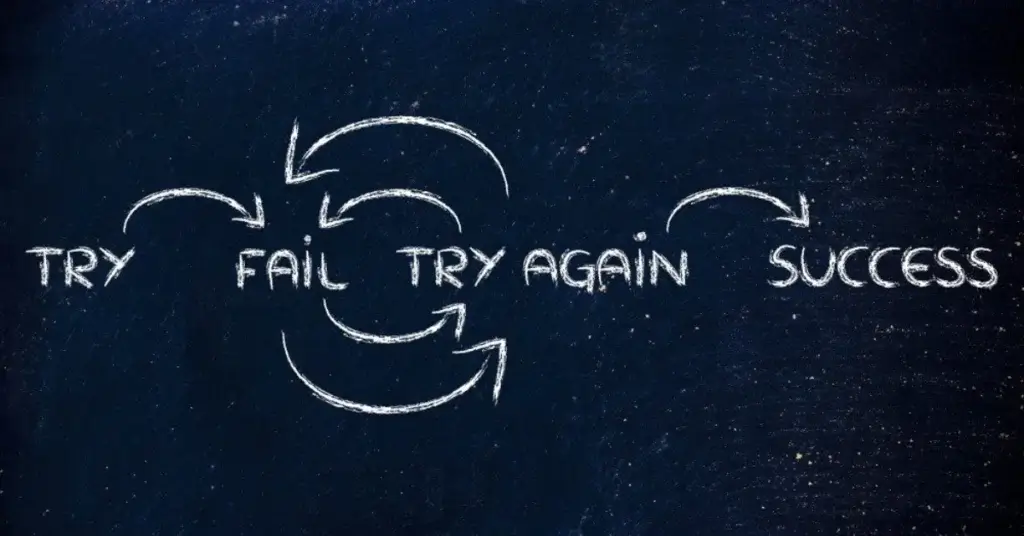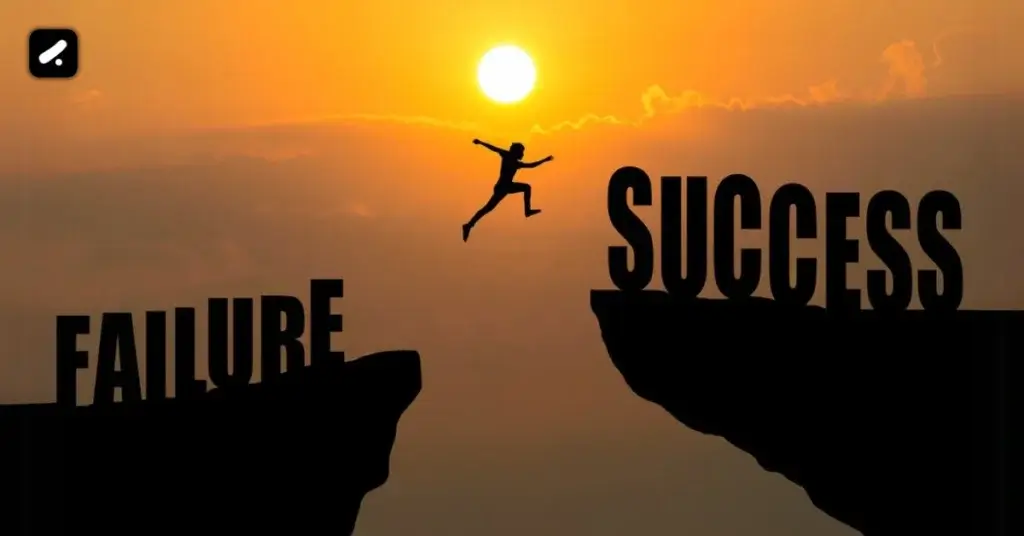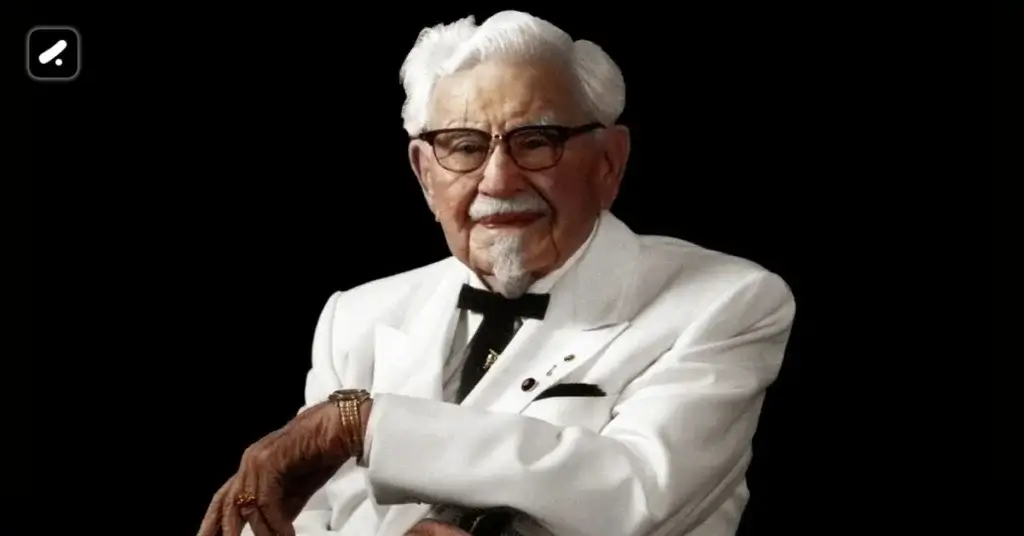Have you ever faced setbacks in your life? You must have. Setbacks are a mandatory part of any journey. Even the most successful person in the world has faced them once.
But do you know how to bounce back from setbacks or how other business leaders do? The only thing that differentiates a successful business tycoon from an unsuccessful business-person is the ability to bounce back from setbacks.
In this article, we will discuss this deeply, which will help you succeed in your business and enhance your personal life. But before proceeding further, let’s first understand what setbacks are.
Before understanding the art of bouncing back, it is essential to understand setbacks, which we can simply define as: “ Setbacks are obstacles or challenges that limit progress toward a goal.”
They can come in many forms, including:
A drop in revenue or unexpected expenses.
Disagreements or lack of collaboration among team members.
Shifts in consumer behaviour or industry trends.
Health issues or personal crises that affect performance.
Setbacks are not failures; they’re opportunities to adapt, learn, and grow stronger. In fact, some of the most successful people in history have experienced massive setbacks, only to appear more vital and resilient.
Thomas Edison, the creator of the light bulb, famously stated:
Setbacks can occur due to different reasons, including:
Economic downturns, natural disasters, or competitive pressures.
Poor planning, lack of resources, or ineffective leadership.
Mistakes, miscommunication, or changes in team dynamics
To understand the Psychology of resilience, it’s necessary to know what resilience is. Here’s the basic definition of resilience.
Resilience is “ the ability to recover quickly from difficulties.” For leaders, resilience is crucial because it allows them to handle the ups and downs of their journey. Resilient leaders can maintain their vision and motivate their teams, even in times of hardship.
Resilience is a significant quality of a successful leader that helps him face adversity with a positive attitude and promotes a problem-solving mindset.
Here’s why resilience is essential:
Helps leaders to stay calm under pressure.
Resilient leaders keep their teams motivated during tough times.
Setbacks can lead to creative solutions when approached with a resilient mindset.
Teams are more likely to trust leaders who are resilient and committed to overcoming challenges.
No successful person can become a successful leader until he knows how to bounce back from setbacks.
For this, many famous business leaders have advised some effective strategies from their experience about how they manage their difficult times and how they bounce back from setbacks.
Here are all their strategies:
The first thing famous business leaders do to bounce back from setbacks is to accept the failure. Denying or ignoring the issue only delays the recovery process.
Many ordinary people make different excuses when facing failure and do not accept it. However, famous business leaders don’t deny or avoid the situation; they take the time to examine the problem, and this is where they make a difference.
They face reality because they know that failure is not fatal. It is a part of the journey to success. They don’t fear failure; instead, they adopt it as an opportunity to learn and grow.
Reframing negative thoughts means “changing the way of thinking about something negative and seeing it in a more positive way.”
Instead of focusing on the worst parts of a situation, business leaders try to find a different perspective that helps them feel better and think more clearly.
This is the most important thing that helps them to bounce back from setbacks. They reframe negative thoughts to focus on solutions rather than problems.
But apart from this, ordinary people always think all the time about the problems they create rather than focusing on solving them.
The third thing that helps famous business leaders to bounce back from setbacks is focusing on the present. They don’t waste their present time thinking about past failures or worrying about the future.
They focus on the present moment, what they can control. They don’t think like ordinary people whose thoughts lead to anxiety or depression. They live in the present moment.
Refocusing and re-energizing is another very important thing to do after a setback. Every famous business leader used to do this after facing a failure.
This is the top quality of a famous business leader that: “ He never gives up, even in the worst conditions.”
After facing failure, they take a step back, recharge, refocus on themselves, and come back even more energetically.
We found many examples of refocusing and re-energizing throughout history, but my personal favourite is “Steve Jobs’s Return to Apple.”
After being fired from the Apple company, Steve went on to create NeXT, a computer company. Years later, Apple was struggling and decided to acquire NeXT. Jobs returned to Apple as interim CEO and quickly turned things around.
He focused on improving Apple’s product line and creating revolutionary devices like the iPod, iTunes, and iPhone. This refocused strategy renewed the company and helped it grow into the technology giant it is today.
A support network is the most valuable thing for anyone going through a bad time. A person feels lonely when facing a setback, but having a support network helps him bounce back from setbacks and refocus on his goals.
Therefore, every person needs to have a support network. The support network varies depending on the person, like whom the person trusts and feels comfortable sharing his thoughts and feelings with.
The support network may include Family members, Friends, Mentors, counselors, and Online support groups.
Every successful business leader surround themselves with a support network of people who encourage them and offer guidance, advice, and encouragement, which is their biggest plus point.
Their gathering includes highly productive people from whom the leaders seek feedback and guidance, which helps them get through bad phases.
Lastly, the most important thing famous business leaders do, which also helps them grow their business in the future, is to learn from their failures.
They analyze the setbacks to find the mistakes that caused their failure. After examining the setback, Instead of spending time in anxiety or depression, they learn from the mistakes and create a recovery plan including clear goals, action steps, and timelines.
They use setbacks as opportunities to learn and grow. They analyze what went wrong and discover possibilities for improvement.
Apart from this, ordinary people take failure as a bad sign and run away from it, which makes them different from the leaders.
Here are some real-life examples of famous leaders who bounced back from setbacks, which will surely inspire you:
Before becoming the wildly successful author of the Harry Potter series, J.K. Rowling faced multiple rejections and setbacks. She was a single mother living in poverty, struggling to make ends meet. She faced rejection from 12 publishers.
In the early days of his career, Walt Disney faced numerous difficulties, including the bankruptcy of his first animation studio and the initial rejection of his iconic character, Mickey Mouse.
However, he never gave up, he bounced back and went on to build a global entertainment empire, creating beloved characters and the world-famous Disneyland theme park.
Colonel Harland Sanders, the founder of Kentucky Fried Chicken (KFC), also faced multiple setbacks before achieving success.
In 1956, his first chicken restaurant, Sanders Court & Café, was shut down due to a highway project, leaving him broke and unemployed at 65.
However, after the setbacks, Sanders remained committed to his vision. He traveled across the country, cooking his signature fried chicken for anyone who would taste it.
He was rejected over 1,000 times before finding a partner who believed in his recipe. Today, KFC is one of the largest fast-food chains in the world, with over 24,000 locations worldwide.
Always remember that setbacks are a part of life; they don’t define you. You have the power to bounce back, stronger and more resilient than before.
So, don’t give up. Keep pushing forward, and you’ll achieve success.
















